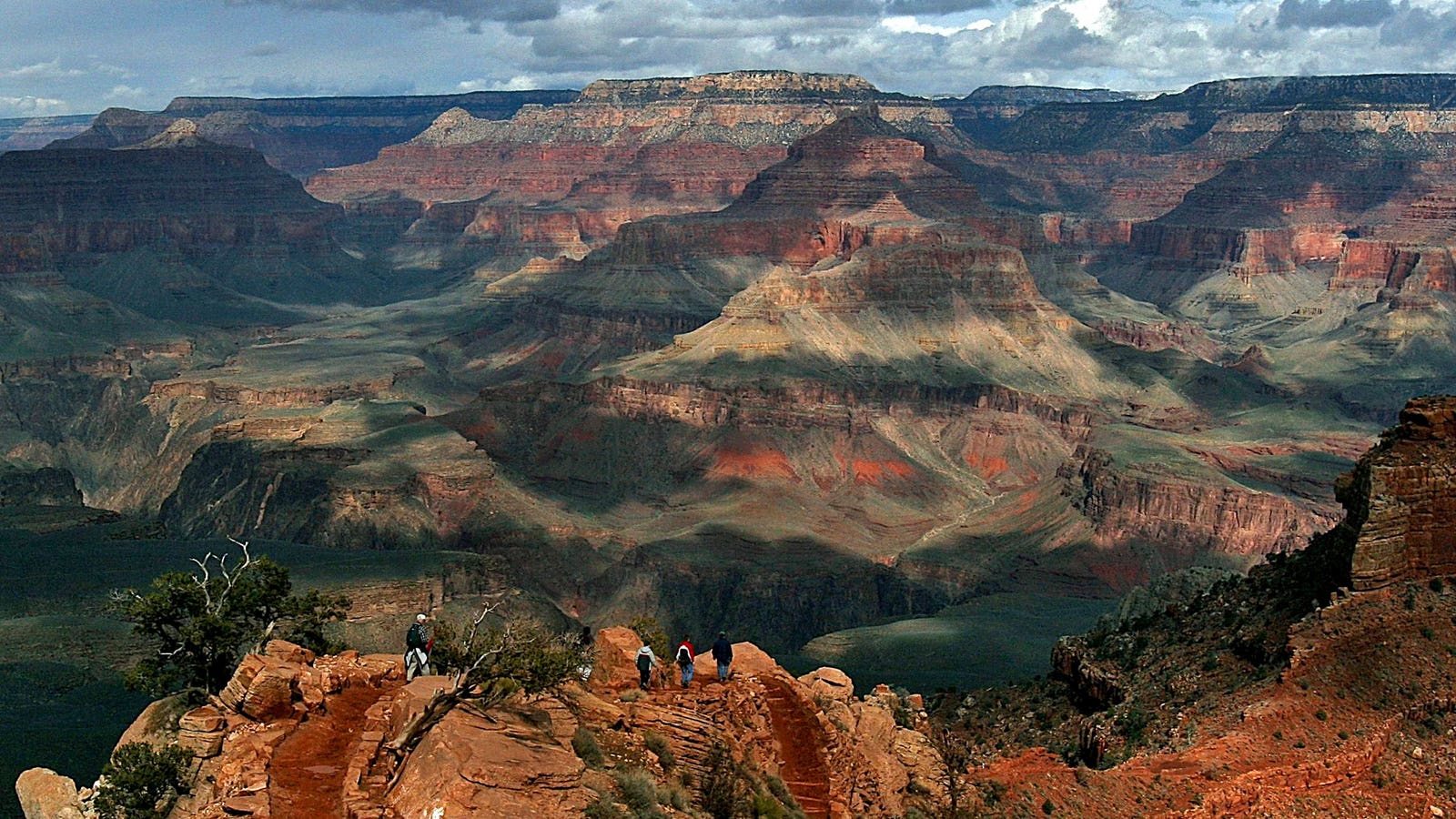Topline
The Grand Canyon’s historic North Rim Lodge was destroyed as a wildfire forced the iconic national park to close its entire North Rim on Sunday, as firefighters battle extreme heat conditions and a chlorine gas leak while they work to control a particularly fast-burning blaze.
The fire destroyed 50-80 structures at the North Rim, including a water treatment facility causing a … More
Key Facts
The Dragon Bravo Fire grew quickly Saturday night around 10:30 p.m. MST, the National Park Service said in a statement, as winds, hot temperatures and low relative humidity exacerbated conditions in the region.
The fire grew quickly overnight, expanding to burn over 500 acres in the park as wind gusts reached up to 40 miles per hour.
Park staff and residents were evacuated before the fire reached the structure and no injuries have been reported, the NPS said.
Between 50-80 structures have been destroyed in the blaze, the NPS said, including a visitor’s center, a gas station, an administrative building and employee housing, Grand Canyon park Superintendent Ed Keable told the Associated Press.
The fire also destroyed a waste water treatment facility, the NPS said, prompting authorities to close trails on the North Rim after they confirmed the damage released chlorine gas that could pose a health risk.
Crucial Quote
“Chlorine gas is heavier than air and can quickly settle into lower elevations such as the inner canyon,” the NPS said in another statement, forcing the park to evacuate firefighters battling the blaze and cancel river trips inside the canyon.
How Are Firefighters Managing The Fire?
Firefighters are using an “aggressive full suppression strategy,” the NPS said, after extreme heat conditions forced them to stop managing the Dragon Bravo Fire as a controlled burn. The firefighters on the ground faced “dangerous and fast-changing conditions” while working overnight, the NPS said. On Sunday, extreme heat conditions were reported again, with the Phantom Ranch lodge inside the canyon reaching highs of 115 degrees.
Big Number
4.9 million. That’s how many people visited Grand Canyon National Park in 2024, according to the NPS’ data. However, the majority of these tourists spend their time at the more easily accessible South Rim, rather than the seasonally open and more isolated North Rim.



